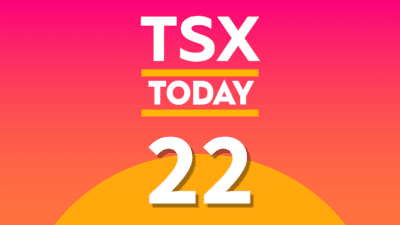XRP (CRYPTO:XRP) is the sixth-largest cryptocurrency in the world, valued at a market cap of US$35.75 billion. The price of one XRP token is US$0.7445, significantly lower than the record high of US$3.2 it touched during the bull market of 2018. However, early investors in Ripple have still derived generous returns in the last nine years. In fact, since August 2013, the XRP token has surged over 17,500%.
The broader crypto markets have been range bound and highly volatile this year. But XRP has gained close to 20% in the last two weeks. Let’s see if this recent momentum is sustainable for XRP.
An overview of the XRP cryptocurrency
XRP is the digital asset that operates RippleNet, which, in turn, is a product launched by Ripple Labs. Basically, both XRP and RippleNet are cryptocurrencies focused on institutional money transfers.
Ripple is an enterprise software company that launched an open-source protocol also known as the Ripple Protocol. It includes RippleNet and RCL, or the Ripple Consensus Ledger, which are payment solutions offered to banks and other financial institutions. The RCL leverages the tech associated with distributed ledgers, which support the transfer of digital assets easily.
Here, institutional partners can integrate the open-source protocol with their proprietary systems. XRP is the native token that powers RCL. The digital asset is used to facilitate the transfer of capital between fiat currencies on the blockchain network.
When XRP was first launched, 100 billion coins were created, of which 20 billion were allocated to the creator. The digital asset has gained traction in the payments space, as it is viewed as a bridging currency and aims to replace the U.S. dollar.
Generally, payment settlement systems have used the U.S. dollar as a bridging currency to convert currency and facilitate cross-border transactions. So, market participants can eliminate exchange rate fees and related margins as well as increase transaction speeds by converting fiat currencies to XRP instead of the USD.
XRP is in direct competition with SWIFT
The global payments system is largely dominated by SWIFT. Most large corporations and banks have a tie-up with SWIFT, which is a facilitator for cross-border payments. However, cross-broader transactions executed via SWIFT are slow and expensive, allowing XRP to gain traction in a market worth trillions of dollars.
However, due to its widening scale, the Securities and Exchange Commission has alleged that XRP is a security and should be registered as one. The lawsuit states Ripple issued unregistered securities offerings between 2013 and 2020 that amounted to US$1.3 billion. Alternatively, Ripple emphasized that XRP is a digital asset, similar to Bitcoin and other cryptocurrencies.
If the verdict is in favour of Ripple, investors can expect a massive surge in the price of XRP. In the last 15 months, several cryptocurrency exchanges such as Coinbase, Binance, and Kraken delisted the XRP token driving prices lower. Now, if XRP is relisted on exchanges pent-up demand and higher liquidity as well as trading volumes will positively benefit asset prices.
The underlying utility of blockchain networks is generally tied to the prices of their digital assets. XRP’s ability to replace traditional financial systems makes it a top long-term bet right now.








